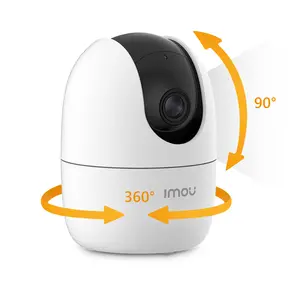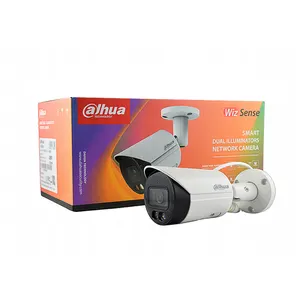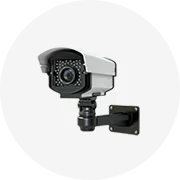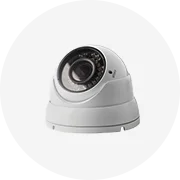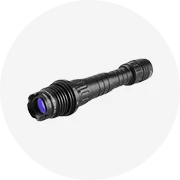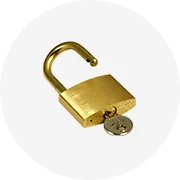Popular in your industry




















































Related Searches:


























































































































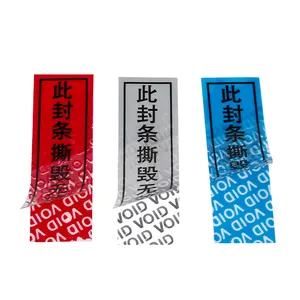






Top categories
About 3d security tag
Understanding 3D Security Tags
3D security tags represent a modern approach to safeguarding merchandise, utilizing three-dimensional technology to enhance security measures. These tags are pivotal in loss prevention strategies across various retail environments. By integrating depth and motion perception, 3D security tags offer a sophisticated layer of protection for items prone to theft.
Types and Applications
The versatility of 3D security tags is evident in their wide range of types, including adhesive labels and hard tags. These tags are commonly employed in sectors such as apparel, electronics, and high-value goods. Their applications extend to access control scenarios, where they serve as an innovative solution for secure entry systems.
Features and Materials
3D security tags are designed with advanced features such as tamper-evidence and unique serialization, which are essential for authenticating products and deterring unauthorized removal. The materials used in these tags vary from durable plastics to metals, ensuring longevity and resilience in different retail settings.
Advantages of 3D Security Tags
The adoption of 3D security tags brings several advantages, including enhanced detection capabilities and the reduction of false alarms, which are crucial for maintaining a seamless shopping experience. Their sophisticated design also acts as a visual deterrent to potential shoplifters.
Environmental Considerations
In response to growing environmental concerns, the production of 3D security tags increasingly incorporates eco-friendly materials, reflecting a commitment to sustainability without compromising security effectiveness.
Choosing the Right 3D Security Tag
Selecting the appropriate 3D security tag requires a thorough understanding of the specific needs of the merchandise to be protected. Factors such as the item's size, material, and the retail environment play a critical role in determining the most suitable tag type.



